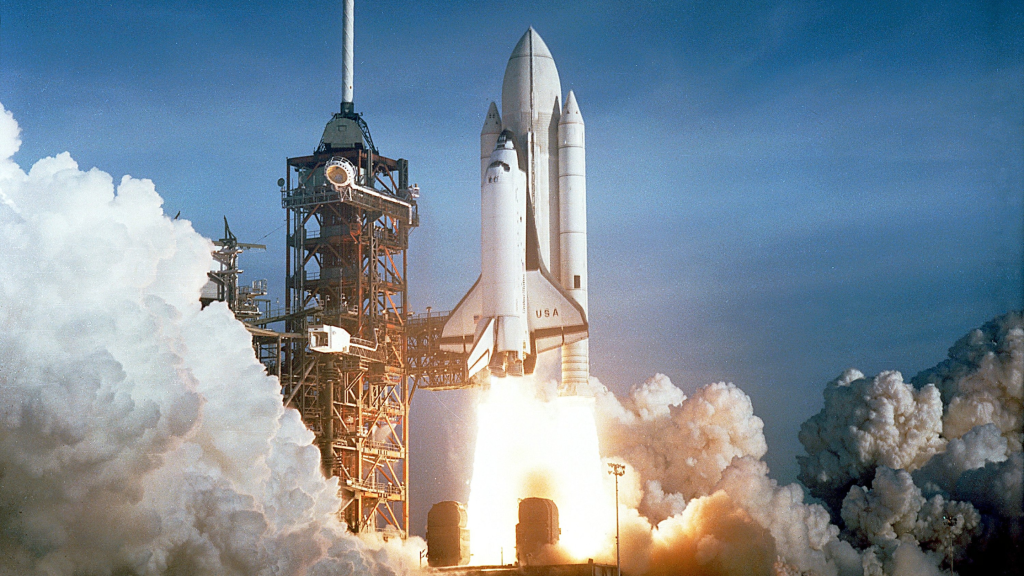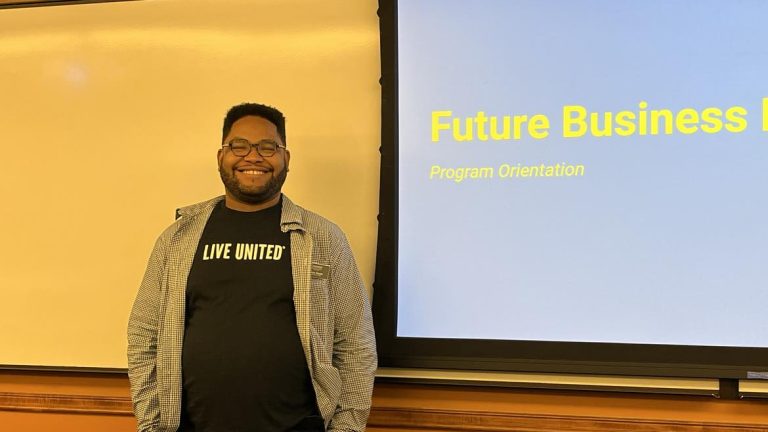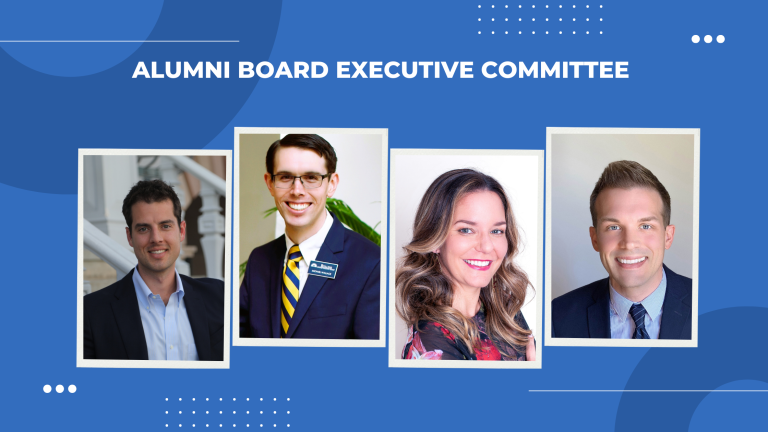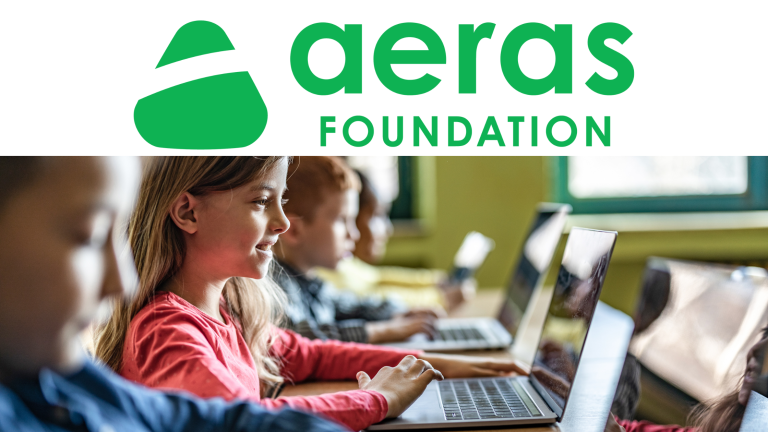Crummer Students Commercialize NASA Technologies in Capstone Experience

Working with NASA technologies is a dream for many students. At Crummer, this dream becomes a reality in the integrated capstone experience (ICE) NASA Commercializing IP track. Students were able to select from three tracks this year for their capstone projects: Bringing to Market NASA Technology, Global Entrepreneurship Advisory Track, and Consulting with an Organization. The students who selected the NASA track had to choose a NASA technology to commercialize and create a business around that product. They then shared their presentations with Dr. Peter McAlindon, Executive-in-Residence and a panel of industry experts for feedback.
This year, the panel would include Megan Victor, a technology specialist at NASA’s Kennedy Space Center, Richard Licursi, a managing partner at venVelo, a seed stage venture capital fund, Jim Nichols, a technology and licensing manager at NASA’s Kennedy Space Center, and Felix Gelinas, a skillbridge fellow at NASA.
The students had five requirements for their experiential immersion projects. They needed to have substantial content of two or more management functions within the company: HR, operations, marketing, finance, etc. They had to include ethics and responsibility considerations whenever applicable, as well as global considerations. They also needed to have leadership aspects such as implementation, change management, communication, coaching, and facilitating buy-in. Finally, they were required to examine the potential impact for organizations and the community.
The class was divided into four groups, and the students had to work together much like in standard business operations. The first group presented augmented reality and laser safety eyewear developed by inventor Jennifer Inman called BeamBloxx. The glasses protect user’s eyes while integrating new technology for lab use and other applications. The group received feedback from the panel complimenting their research on the engineering side and recommending they focus more on sales and marketing next. (Marissa Faris, one of the group members, went even further and founded the company, entered it into the Crummer Venture Plan Competition, and won the Crummer category for the competition. She received $2,500 in cash and a scholarship to StarterStudio valued at $9,000.)
The second group created a company called Solar Carbon that utilizes NASA technology to harness a solar panel film that converts CO2 to natural gas while being completely powered by solar energy. The natural gas created can be stored, sold, or reused, making a closed-loop system for companies. The team began their initial market research with FINFROCK before researching other alternative prospective industries and partnerships. The panel saw a large market opportunity and recommended they speed up their timeline for production.
Next came 4C Fire, a software used for predicting forest fires along with consulting services for those who are involved in forestry such as government agencies, insurance companies, commercial forestry and agriculture, research institutions, and utility companies. The problem is that more than 50% of the US is in a high-risk area for wildfire, and climate change is exacerbating the problem. The forest fire mitigation market is set to reach $890B by the end of 2024, so there is a lot of potential demand in this market. The panel discussed adjusting the structure of the students’ presentation and the importance of mastering an elevator pitch.
Finally, the last group presented VitalBeat, “the solution for athletes,” an innovative heart tracking device specifically designed for athletes with real-time heartrate tracking and an infrasonic stethoscope within a fitness vest. This technology addresses the problem of prescreening for athletes, particularly those at higher risk—men aged 19-25 and those who play football and basketball. The device is more powerful than a typical fitness watch and utilizes AI to give more advanced health data. The panel brought up the issue of large competitors as well as the need for outsourcing for software engineering.
Overall, the students presented well researched and carefully thought-out startup ventures. “The teams have gotten more and more professional with their presentations every year. Everybody’s was very well done,” said Jim Nichols. When Dr. McAlindon asked who would be continuing to pursue their venture outside of the classroom, many hands were raised. Not only did the students get teamwork and research experience, but quite a few were motivated to continue their business journeys, hopefully starting the next generation of Crummer-inspired businesses.
If you’d like to get a chance to have a capstone experience, get started on your Crummer MBA by making an appointment with an admission specialist.


